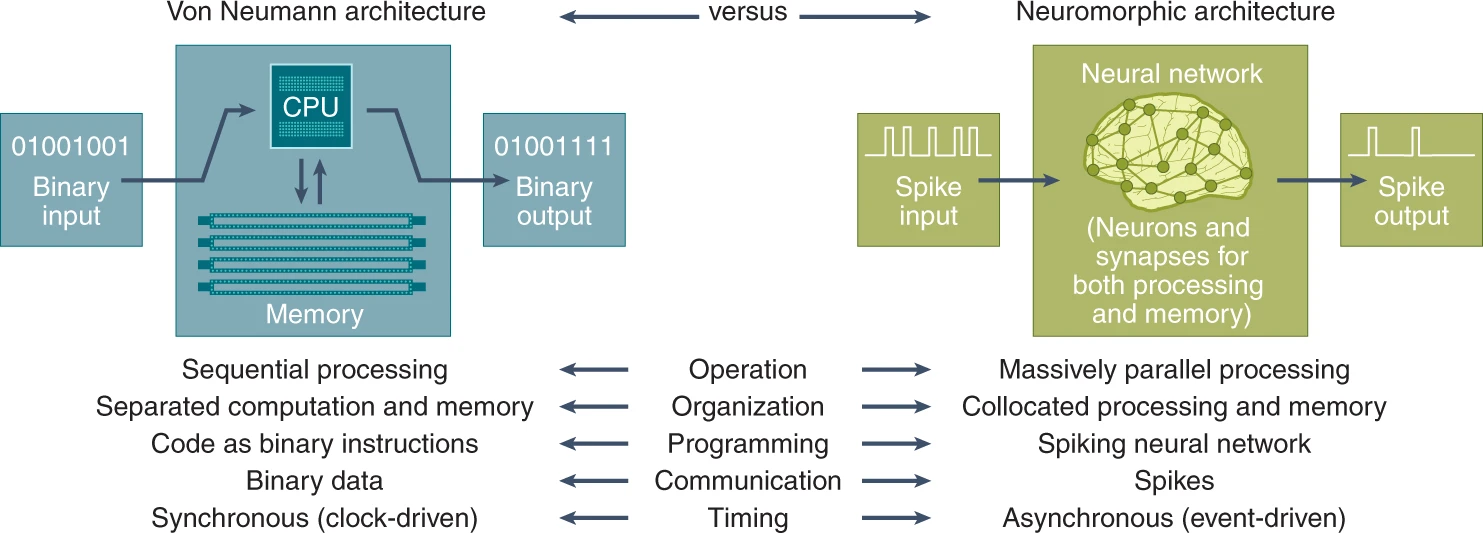- Courses
- GS Full Course 1 Year
- GS Full Course 2 Year
- GS Full Course 3 Year
- GS Full Course Till Selection
- Answer Alpha: Mains 2025 Mentorship
- MEP (Mains Enrichment Programme) Data, Facts
- Essay Target – 150+ Marks
- Online Program
- GS Recorded Course
- Polity
- Geography
- Economy
- Ancient, Medieval and Art & Culture AMAC
- Modern India, Post Independence & World History
- Environment
- Governance
- Science & Technology
- International Relations and Internal Security
- Disaster Management
- Ethics
- NCERT Current Affairs
- Indian Society and Social Issue
- NCERT- Science and Technology
- NCERT - Geography
- NCERT - Ancient History
- NCERT- World History
- NCERT Modern History
- CSAT
- 5 LAYERED ARJUNA Mentorship
- Public Administration Optional
- ABOUT US
- OUR TOPPERS
- TEST SERIES
- FREE STUDY MATERIAL
- VIDEOS
- CONTACT US
"IISc's Brain-Inspired Platform Achieves 16,500 Data States"
"IISc's Brain-Inspired Platform Achieves 16,500 Data States"

Recently, researchers at the Indian Institute of Science (IISc) have developed a neuromorphic or brain-inspired analog computing system. This innovative system can store and process data in 16,500 states using a molecular film.
What is Neuromorphic Computing?
- About:
- Neuromorphic computing is a process designed to mimic the structure and function of the human brain using artificial neurons and synapses.
- It represents a significant departure from traditional binary computing, enabling systems to learn from their environment.
- Working Mechanism:
- Utilizes Artificial Neural Networks (ANN) composed of millions of artificial neurons, similar to those in the human brain.
- Neurons pass signals in layers, converting input into output through electric spikes or signals, based on the architecture of Spiking Neural Networks (SNN).
- This setup allows machines to mimic neuro-biological networks in the human brain, efficiently performing tasks such as visual recognition and data interpretation.
- Key Features:
- Brain-Inspired Design:
- Neuromorphic systems replicate the brain's architecture, particularly the neocortex, which is responsible for higher cognitive functions such as sensory perception and motor commands.
- Spiking Neural Networks:
- Utilizes spiking neurons that communicate via electrical signals, closely resembling biological neuronal behavior. This allows for parallel processing and real-time learning.
- Integration of Memory and Processing:
- Unlike the traditional von Neumann architecture that separates memory from processing, neuromorphic systems integrate these functions, enhancing computational efficiency.
- Brain-Inspired Design:
- Advantages:
- Efficient Information Processing:
- Enables faster problem-solving, pattern recognition, and decision-making compared to traditional computing systems.
- Revolutionizing AI Hardware:
- Potential to transform AI hardware by enabling complex tasks, like training Large Language Models (LLMs), on personal devices, overcoming limitations of current data centers and energy inefficiencies.
- Current AI Limitations:
- Existing AI tools are often confined to resource-heavy data centers due to a lack of energy-efficient hardware.
- Efficient Information Processing:
Integration with Molecular Film:
- Molecular Films:
- Ultrathin layers of molecules engineered to exhibit specific electrical and optical properties.
- These films act as neuromorphic accelerators, simulating brain-like parallel processing.
- Recent Advancement:
- Molecular film can offer 16,500 possible states, surpassing traditional binary systems.
- The film uses molecular and ionic movements to represent memory states, mapped via precise electrical pulses, creating a "molecular diary" of states.
Differences from Traditional Computing:
- Parallel Processing:
- Neuromorphic computers can process multiple streams of information simultaneously, unlike traditional computers that operate sequentially.
- Energy Efficiency:
- Consume less power by computing only when relevant events occur, making them ideal for applications requiring real-time data processing.
- Binary vs. Analog:
- Traditional binary computing operates with bits in two states (0 or 1), similar to a light switch being on or off.
- Analog computing uses continuous values, similar to a dimmer switch with a range of brightness levels.

Conclusion
Neuromorphic computing represents a transformative approach in the realm of computational technology, mirroring the brain's functionality to offer advanced, efficient data processing. The recent development by IISc, utilizing molecular films to expand state capacity to 16,500, illustrates the leap towards more sophisticated and energy-efficient computing systems. As this technology evolves, it promises to overcome the limitations of traditional computing and AI systems, paving the way for more versatile and powerful applications in various fields.




